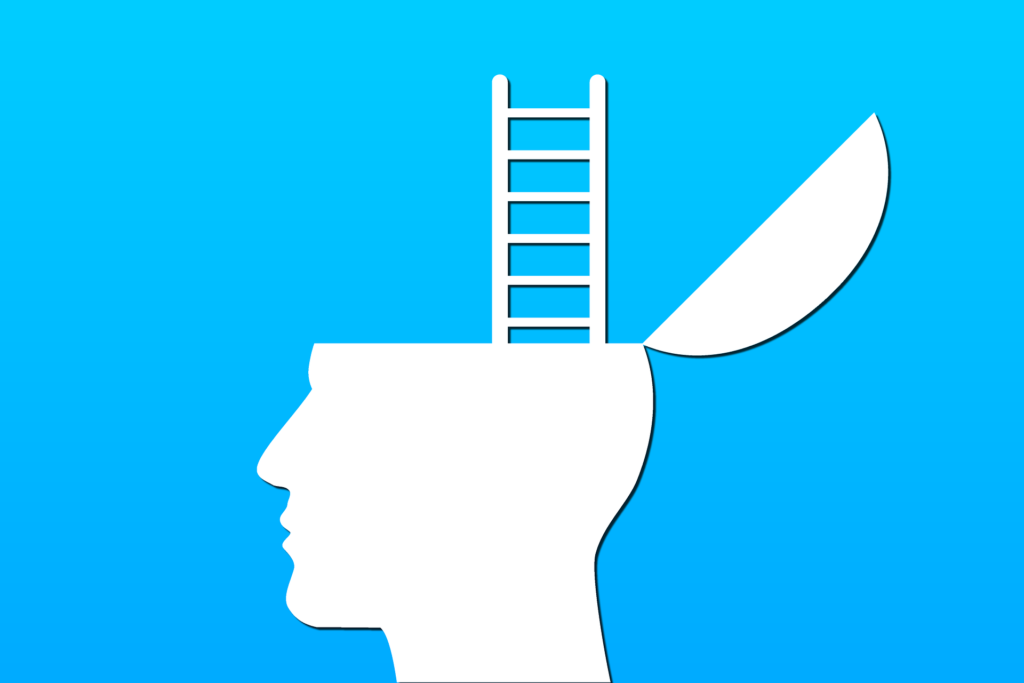Unlock Leadership Development Success by Fostering a Growth Mindset Within Your Organization

Your organization is fully committed to leadership development. You understand the benefits of retaining top talent and developing high-potentials into leaders, and you’ve invested in innovative, proven systems to help your organization’s current and future leaders develop the skills they need to drive long-term business success. And yet, your business still isn’t seeing results—in terms of ROI, leadership perception, or general morale.
Well, the first thing to know is that you’re not alone. Research has found that, despite significant L&D investment, companies feel their skill-building initiatives are falling short.
- McKinsey reports that only 7 percent of senior managers in the UK believe their companies develop global leaders effectively, and 30 percent of US companies believe their leaders skill gaps have prevented them from effective international growth.
- BrandonHall Group has found that 75 percent of companies have rated their leadership development programs as less than effective.
- Forbes cites a study that finds only 14 percent of CEOs feel they have the leadership skills they need to successfully execute business strategies.
And yet, leadership development is a $350 billion-plus industry. So, given all these investments what’s happening to make these leadership development initiatives fall short?
A December 2019 study published in Leadership Quarterly argues that it’s not the programs, themselves, that are responsible for leadership development’s shortcomings, but rather that a key facet of company culture is missing: the right mindset.
“Mindset” refers to an established viewpoint, set of values, or perspective that dictates how someone approaches situations, challenges, and everyday tasks, and the researchers, Ryan Gottfredson and Chris Reina, posit (and we agree) that too many leaders are stuck in mindsets that are holding them back:
In our recent work, we broadly scoured research across the social sciences to understand the various mindsets that individuals may possess. In doing so, we identified four distinct sets of mindsets that have been found to affect leaders’ ability to engage with others, navigate change more successfully, and perform in their leadership roles more effectively.
-Gottfredson and Reina in Harvard Business Review
You can read about those four sets of mindsets in their HBR article or in the full study, but there’s one in particular that’s stood out to us over and over as we’ve helped leaders develop their skills in communication: Growth versus Fixed Mindsets.
A growth mindset is a belief that people can evolve in their talents, skills, and aptitude. A fixed mindset, on the other hand, refers to the belief that those things are innate and unchangeable. Carol Dweck explains the power of the growth mindset perfectly:
“There’s another mindset in which these traits are not simply a hand you’re dealt and have to live with, always trying to convince yourself and others that you have a royal flush when you’re secretly worried it’s a pair of tens. In this mindset, the hand you’re dealt is just the starting point for development. This growth mindset is based on the belief that your basic qualities are things you can cultivate through your efforts. […] Do people with this mindset believe that anyone can be anything, that anyone with proper motivation or education can become Einstein or Beethoven? No, but they believe that a person’s true potential is unknown (and unknowable); that it’s impossible to foresee what can be accomplished with years of passion, toil, and training.”
– Carol Dweck, Mindset: The New Psychology of Success
In the realm of leadership communication, which is so often seen as an art form rather than a hard skill, it’s all too easy for leaders to fall into fixed mindsets, considering communication abilities to be something they’re either born with or not. But here’s the secret: leadership communication isn’t some elusive “X Factor,” and neither are most of the most important skills corporations are trying to help their leaders develop. The sticking point may simply be that those leaders don’t realize they’re capable of growth in critical areas. If that’s the case, then a shift in mindset can unlock tremendous progress.
How Do You Develop a Growth Mindset?
One of the biggest mental blocks preventing leaders from developing growth mindsets—especially when it comes to “soft skills”—is that it has traditionally been very difficult, if not impossible, to measure growth. An executive consultant or a communication coach can tell a client she’s improved, but no matter how expert the coach, that feedback is based in opinion. And, for a leader who makes key decisions based on quantifiable, objective data, subjectivity doesn’t hold much water.
But what if we could prove, objectively and scientifically, that growth in soft skills like communication is possible? Seeing is believing, so if we can help leaders measure their progress in a detailed, nuanced, and objective way, that may provide exactly the encouragement they need to develop a growth mindset and start achieving powerful results—for themselves and their organizations.
Fortunately, innovations in analytics and machine-learning-driven technology have enabled leadership development teams to do just that, taking objective measurements of how a leader performs in any given soft skill (relative to peers, competitors, and best-in-class practitioners), using those insights to create custom-tailored development plans, and then, most importantly, tracking progress to show both improvements and continued opportunities for development.
If you feel your organization’s L&D efforts are falling flat, it might be time to use objective data to show leaders that improvement is possible. We predict you’ll find that, as those leaders start to replace their fixed mindsets with growth mindsets, you’ll start to see a much more powerful return on your investment.